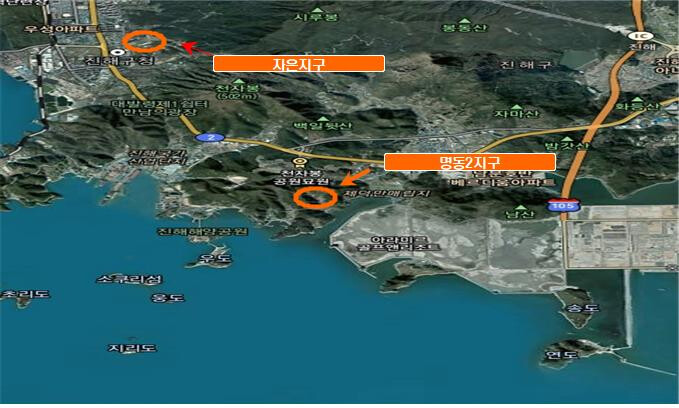
Changwon, South Korea – Changwon City has announced a comprehensive restructuring of its urban space, aiming to prepare the city for the next 50 years. Following the successful revamping of the satellite city and industrial complex zone unit plans last year, the city is now focusing on restructuring the business district. This three-pronged approach is expected to enhance the city's sustainability and competitiveness, especially as it marks the 50th anniversary of the Changwon National Industrial Complex and the development of its satellite cities.
Revamping of the Satellite City Unit Plan
Completed in January of last year, the revamped satellite city unit plan aims to overcome spatial limitations and create a more livable future space. Key goals include fostering a walkable living environment, developing mixed-use high-rise complexes, and supporting the restructuring of the Changwon National Industrial Complex.
To achieve this, the city has rezoned residential areas, allowing for more flexible land use and mixed-use developments. Commercial areas are being transformed into mixed-use spaces that integrate work, living, and leisure. Industrial areas are being adapted to accommodate new industries and research facilities.
Restructuring of the Industrial Complex Zone along Changwon-daero
The city has also unveiled a major restructuring plan for the industrial complex zone along Changwon-daero, a key thoroughfare. The plan focuses on revitalizing the Korea Industrial Complexes Corporation (KICOX) property, a prime location that has been underutilized due to regulations. The city envisions transforming this area into a landmark district with business, startup, and cultural facilities, supporting the Changwon National Industrial Complex.
Other industrial zones will also undergo changes, allowing for more diverse land uses and higher building heights. The city aims to create a vibrant and innovative space that integrates industry, living, and culture.
Restructuring of the Business District
Changwon City is also working to restructure its business district, which includes the area from Gyeongnam Provincial Office to the KICOX Gyeongnam Regional Office. The goal is to address issues such as parking shortages and urban decay by creating a more dynamic and future-oriented space.
Mayor Hong Nam-pyo emphasized the importance of regulatory reform in achieving these goals, stating, "By boldly reforming unnecessary regulations, we will lay the foundation for sustainable growth for the next 50 years."
[Copyright (c) Global Economic Times. All Rights Reserved.]






























